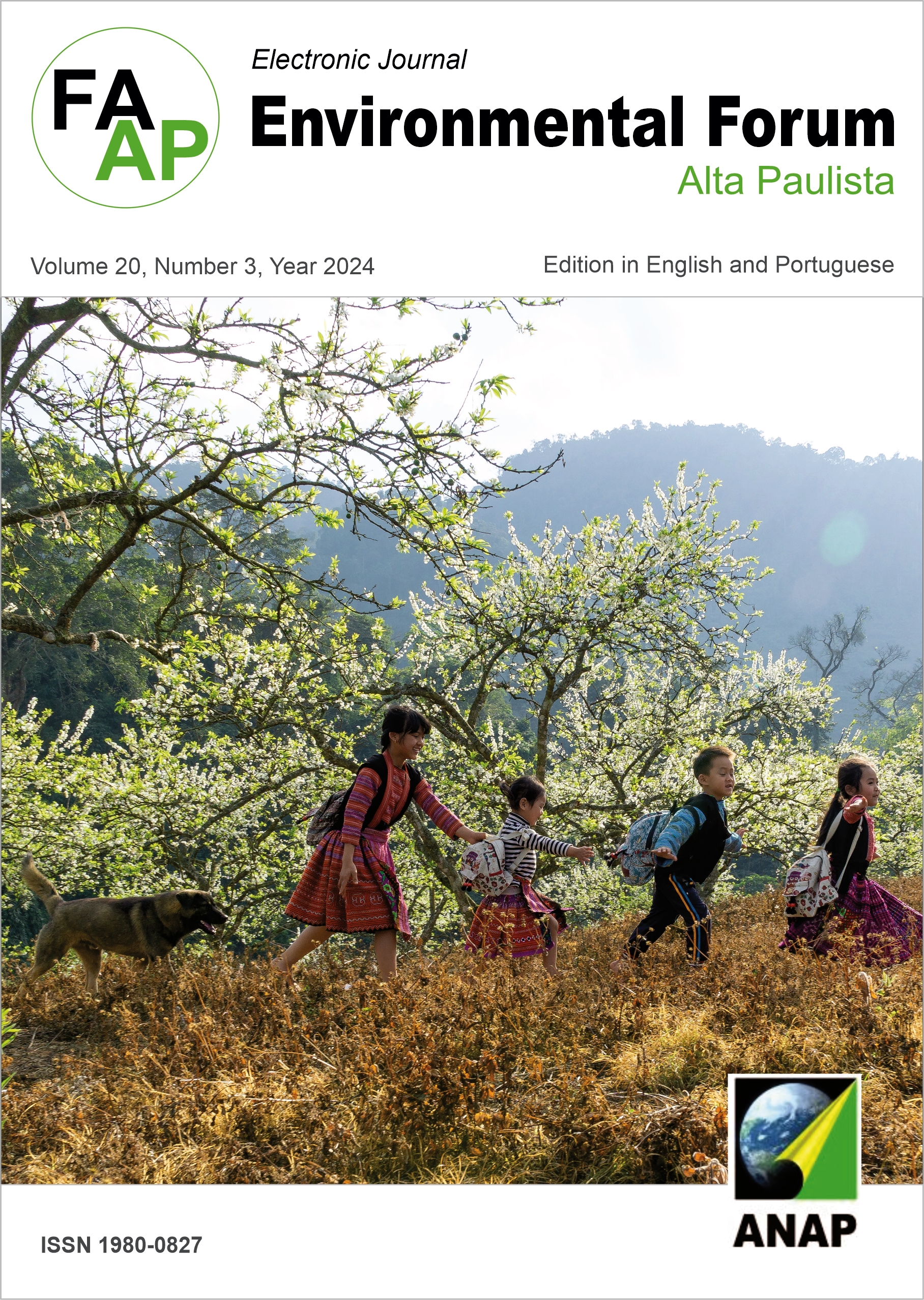Methodology for Assessing Walkability in Urban Centers
Proposal for Accessible Routes
DOI:
https://doi.org/10.17271/1980082720320245299Keywords:
Walkability, sustainability, routes, urban mobility, destination choiceAbstract
Rapid urbanization has turned urban mobility into one of the biggest challenges for modern cities. Intense competition for public spaces in downtown areas of medium and large cities leads to accidents, congestion, increased costs and travel time, and environmental pollution caused by individual motorized and public transport. Searching for a contribution to social, economic, and environmental sustainability this work, considering walking as an essential form of mobility in an urban center of developing countries, proposes a methodology for supporting citizens who arrive at the downtown public bus terminal to select the best walking route to reach essential public services places in the city. Three macro indicators are considered in determining the best walking route: The ambiance indicator results from six sub-indicators, representing physical characteristics of the walking space; the Comfort indicator results from two sub-indicators, representing the visual attractiveness and local comfort; and the Safety indicator results from four sub-indicators; representing public and personal sensations of safety. The proposed methodology is based on two steps: the first reduces the twelve sub-indicators of each route segment to three main indicators. In the second step, a multi-objective optimization problem is formulated to determine the best route from the origin point (public urban terminals) to the citizen interest point. The identification of the most suitable downtown walkability areas can assist local authorities in developing improvement strategies for their ambiance, safety, and comfort standards, actions that will contribute to environmental sustainability and providing urban areas with walking spaces that meet the citizen's expectations.
Downloads
Downloads
Published
Issue
Section
License
Copyright (c) 2024 Electronic Journal "Fórum Ambiental da Alta Paulista"

This work is licensed under a Creative Commons Attribution 4.0 International License.












